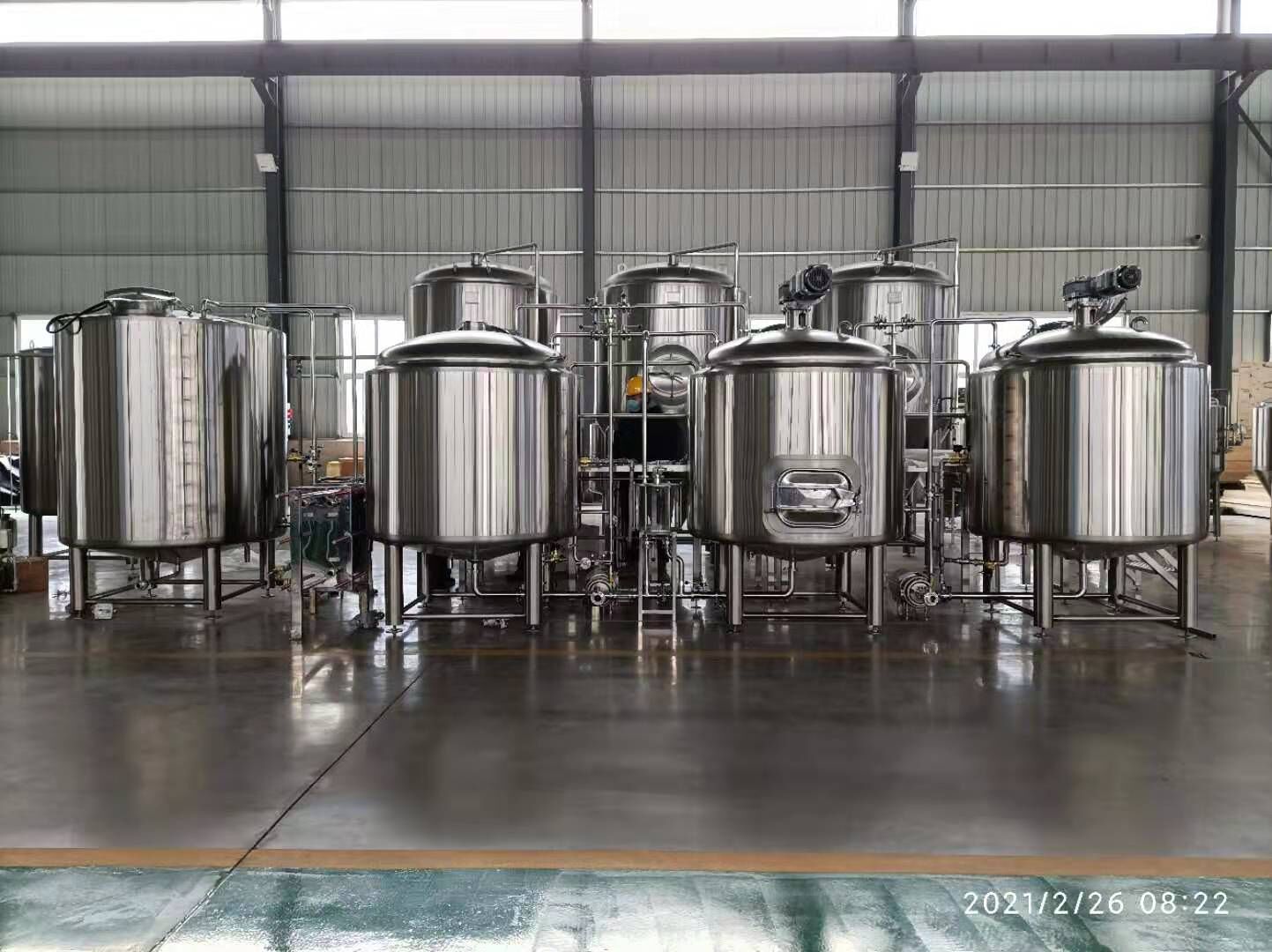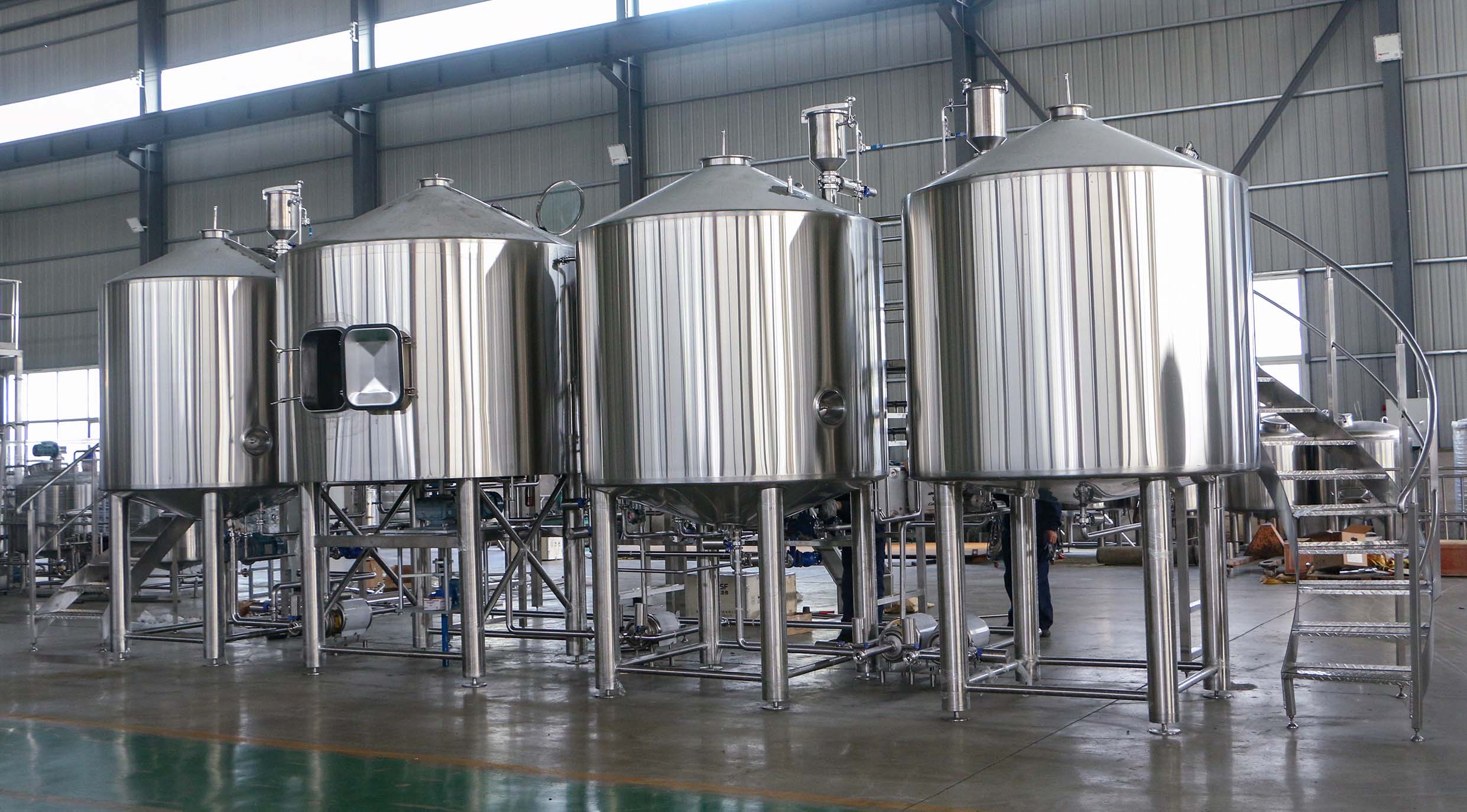RELATED
MESSAGE
The Evolution of Beer Brewing Equipment: From Traditional to Modern
Beer brewing has a rich history that spans thousands of years, and the equipment used in the process has evolved significantly over time. From rudimentary tools used by ancient civilizations to the advanced, automated systems of today, beer brewing equipment has undergone a remarkable transformation. This article explores the journey of beer brewing equipment from its traditional roots to the modern era, highlighting key innovations and their impact on the brewing industry.
Traditional Beer Brewing Equipment
In ancient times, beer brewing was a manual and labor-intensive process. Early brewers relied on simple tools and natural materials to create their brews. Some of the most common traditional beer brewing equipment included:
Clay Pots and Jars: Used for fermenting and storing beer, these vessels were often buried underground to maintain a consistent temperature.
Wooden Barrels: Employed for fermentation and aging, wooden barrels added unique flavors to the beer.
Hand-Cranked Mills: Used to grind grains like barley and wheat into malt.
Copper Kettles: Essential for boiling the wort, copper kettles were prized for their heat conductivity and durability.
These traditional methods were effective but limited in scale and consistency. Brewing was often a small-scale, community-driven activity.
The Industrial Revolution and Brewing Advancements
The Industrial Revolution marked a turning point in the history of beer brewing equipment. Innovations in machinery and technology allowed for larger-scale production and greater consistency. Key developments included:
Steam-Powered Mills: Replaced hand-cranked mills, enabling faster and more efficient grain processing.
Refrigerated Fermentation Tanks: Introduced by Carl von Linde in the late 19th century, these tanks allowed brewers to control fermentation temperatures, improving beer quality.
Automated Bottling Lines: Streamlined the packaging process, making it faster and more hygienic.
These advancements laid the foundation for modern brewing practices and set the stage for further innovation.
Modern Beer Brewing Equipment
Today, the brewing industry is characterized by cutting-edge technology and precision engineering. Modern beer brewing equipment is designed to maximize efficiency, consistency, and scalability. Some of the most notable innovations include:
Stainless Steel Fermenters: Durable, easy to clean, and resistant to contamination, stainless steel fermenters are now the industry standard.
Automated Brewing Systems: Equipped with programmable logic controllers (PLCs), these systems allow brewers to automate every stage of the brewing process, from mashing to fermentation.
CIP (Clean-in-Place) Systems: Simplify the cleaning and sanitization of brewing equipment, reducing downtime and ensuring hygiene.
Craft Brewing Equipment: Tailored for small-scale breweries, these systems offer flexibility and customization, catering to the growing craft beer market.
Modern equipment has not only improved the quality and consistency of beer but also made brewing more accessible to entrepreneurs and hobbyists.
The Future of Beer Brewing Equipment
As technology continues to advance, the future of beer brewing equipment looks promising. Emerging trends include:
Sustainability: Breweries are increasingly adopting eco-friendly equipment, such as energy-efficient boilers and water recycling systems.
Smart Technology: IoT-enabled devices and AI-driven analytics are being integrated into brewing systems to optimize production and reduce waste.
Modular Systems: Designed for flexibility, modular brewing equipment allows breweries to scale up or down based on demand.
These innovations are shaping the next generation of brewing equipment, ensuring that the industry remains dynamic and forward-thinking.

FAQs About Beer Brewing Equipment
What is the most important piece of beer brewing equipment?
The fermenter is crucial, as it is where the magic of fermentation happens, turning wort into beer.How do I choose the right brewing equipment for my brewery?
Consider factors like production scale, budget, and the types of beer you plan to brew. Consulting with a brewing equipment supplier can also help.What is the difference between a homebrew setup and commercial brewing equipment?
Homebrew setups are smaller and less automated, while commercial equipment is designed for larger-scale production and often includes advanced features like CIP systems.How often should brewing equipment be cleaned?
Brewing equipment should be cleaned and sanitized after every use to prevent contamination and ensure consistent beer quality.Can I upgrade my existing brewing equipment?
Yes, many breweries upgrade their equipment over time to improve efficiency or increase production capacity. Modular systems are particularly well-suited for upgrades.
The evolution of beer brewing equipment reflects the ingenuity and passion of brewers throughout history. From humble beginnings to high-tech innovations, the tools of the trade have come a long way, enabling brewers to create an ever-expanding variety of beers. Whether you're a homebrewer or a commercial brewery, understanding the history and advancements in brewing equipment can help you make informed decisions and elevate your craft. Cheers to the future of brewing!

MESSAGE



